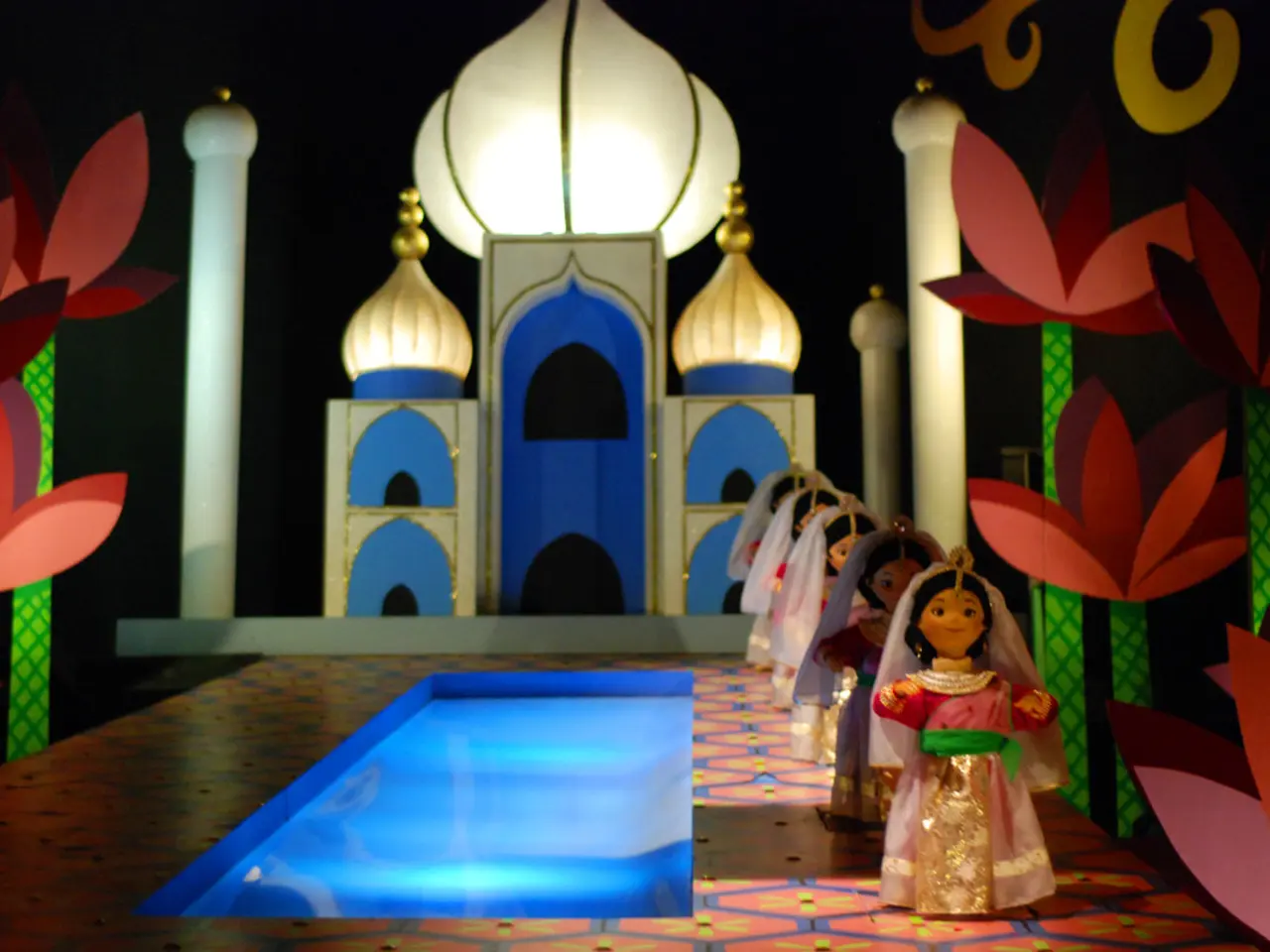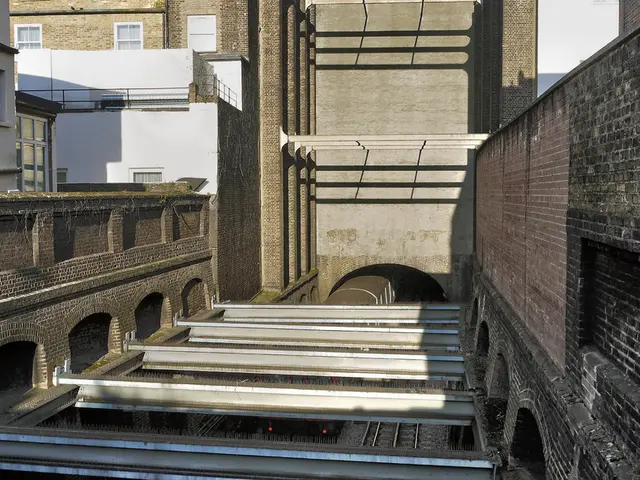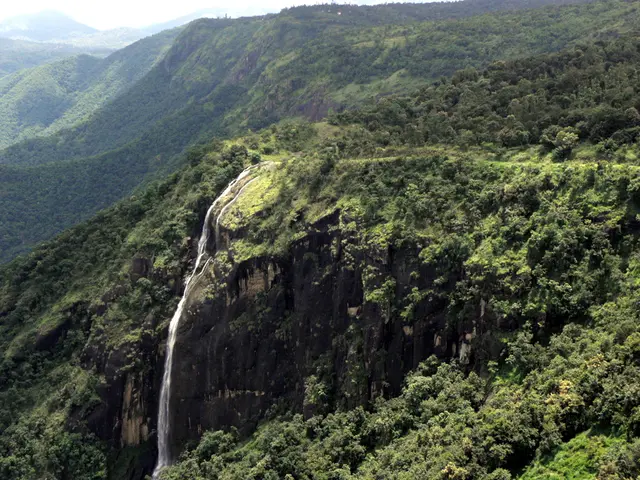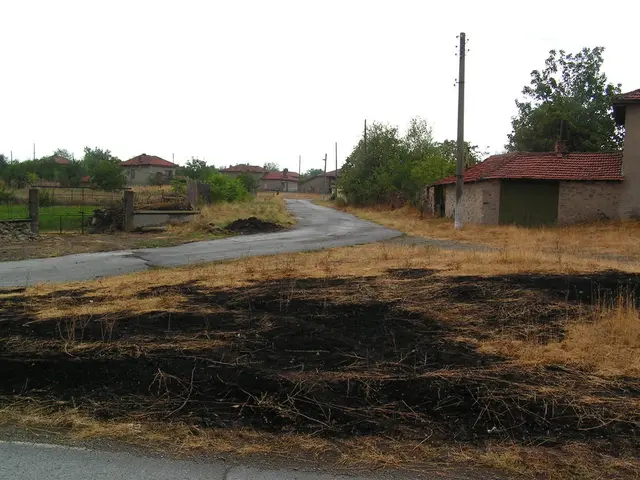Scenic Chhatrari, Home to Awe-Inspiring Landscapes and Ancient Temples
Nestled in the heart of the Gaddi sheep-rearing village, close to Bharmour, India, lies the Shakti Devi Temple, a culturally significant site deeply rooted in local spiritual practice and geography. Known locally as the Bunny temple, this secluded temple stands in front of the Manimahesh Peak, a revered Himalayan landmark.
The temple's surroundings, with their dense forests at the foot of the Himalayas, contribute to its spiritual atmosphere and importance to the local Gaddi community. Shakti Devi Temple is an integral part of the village, which is located 48 km from Chamba and is renowned for the sacred and famous temple of Shakti Devi, built by King Meru Verman in the 7th century.
The temple is dedicated to Shakti, the powerful maternal force in Hindu devotional practice, and reflects deep-rooted traditions of goddess veneration that combine local tribal customs with mainstream Hindu theology. The temple houses an attractive metallic idol of Devi, which is 54 inches in height and made of an alloy of five metals called panchola. The interiors of the temple feature excellent wood carvings and amazing paintings, highlighted using natural vegetable dyes.
The Gaddi shepherds, who inhabit the village, maintain traditional livelihoods dependent on sheep herding and are known for their distinct cultural and religious practices. While specific rituals at the Shakti Devi Temple are not extensively documented, it is common in Himalayan pastoralist communities for temples to be centres of festive gatherings, seasonal blessings, and community rituals.
The temple likely plays a role in marking significant agricultural and pastoral cycles, and possibly in rites associated with protection and prosperity for livestock, given the community’s dependence on sheep rearing. The temple is also identified with local devotional chants and celebrations invoking deities such as Kartik Swami (Kartikeya), reinforcing a cultural fabric interwoven with mythology, oral traditions, and ritual music.
One of the most significant events associated with the temple is the Chahtrari fair, which takes place during the month of September, on the third day of the Mani Mahesh fair. On this day, the Shakti Mata is bathed in holy water brought from Manimahesh Lake.
The Shakti Devi Temple serves as a spiritual and communal hub, deeply embedded within Himalayan pastoralist life and regional religious customs linked closely to the worship of powerful divine forces and mountain landscapes. However, detailed historical records and specific festival accounts for this particular temple remain limited in the accessible sources.
Visitors to the temple can witness traditional activities and local culture, making it an ideal destination for those seeking to immerse themselves in the rich tapestry of Indian spirituality and cultural heritage. The temple offers a great place to stay and experience the unique blend of natural beauty, religious significance, and vibrant community life that defines the Shakti Devi Temple.
The Shakti Devi Temple, nestled within the Gaddi sheep-rearing village, serves as a cultural-travel destination, offering insights into local lifestyles and traditions deeply rooted in Hindu spiritual practice. As a communal hub, this temple becomes a focal point for regional festivals like the Chahtrari fair, showcasing local culture, devotional chants, and oral traditions.
Travelers seeking a deeper understanding of India's spirituality and cultural heritage would find the temple an ideal location, offering a unique blend of natural beauty, religious significance, and vibrant community life that reflects the local Gaddi community's distinct cultural and religious practices.




